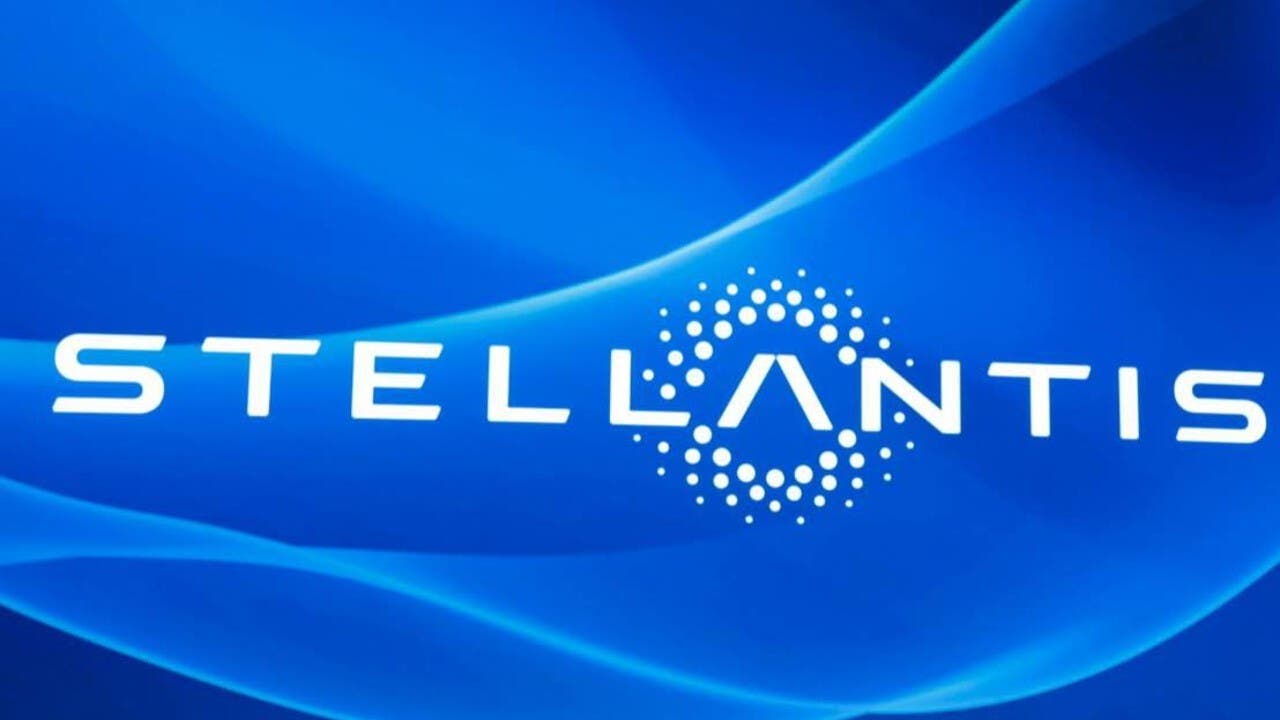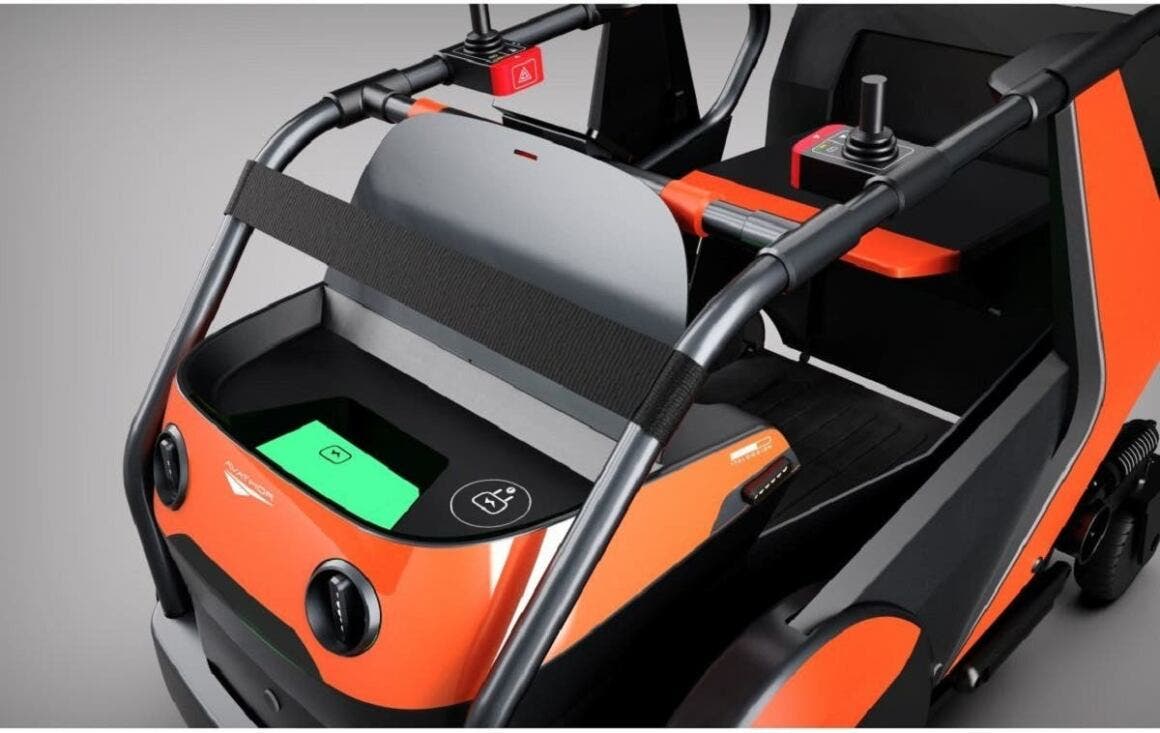Stellantis is further strengthening its commitment to the circular economy with a project that proves how high-voltage batteries can have a second life beyond automotive applications. The latest initiative is Avathor One, an electric medical device designed for people with reduced mobility or wheelchair users, which will also be showcased at the upcoming Turin Auto Show.
Stellantis gives batteries a second life with Avathor One

Avathor One is the result of an ecosystem of Italian companies combining expertise in technology, design, social responsibility, and sustainability. At its core lies the exclusive use of second-life Stellantis batteries, requalified in collaboration with Intent Srl, a specialized system integrator. Batteries recovered from electric vehicles are collected by Stellantis’ SUSTAINera business unit, subjected to rigorous testing, and converted into new 1.4 kWh or 2.8 kWh units, integrated with a Battery Management System (BMS) to power the device.
The project brings together several partners: Italdesign, which turned the 2019 WheeM-i concept into a market-ready product; Avathor, which develops medical devices and shared mobility solutions; and local companies that helped create a model capable of generating social, environmental, and industrial value on a global scale. After its debut in April and presentation at Expo 2025 in Osaka, Avathor One will also be on display in Turin, symbolizing Italian innovation and design at the service of people.
But Stellantis’ efforts don’t stop there. The SUSTAINera division is already involved in other key second-life battery projects, such as ENEL X’s Pioneer system at Rome Fiumicino Airport, one of Europe’s largest energy storage facilities, operational since last June. In that case, recovered batteries are used to store renewable energy, helping reduce CO₂ emissions by 16,000 tons over ten years.
Over the past three years, activities related to battery reuse and repurposing have grown significantly, and Stellantis intends to keep investing in this direction. The approach encompasses all four pillars of the SUSTAINera strategy, reuse, repair, remanufacture, and recycle, aimed at extending battery lifecycles and minimizing environmental impact.
With Avathor One, Stellantis shows that electric technology is not only a driver of sustainable mobility but also a tool for inclusion and social progress.

